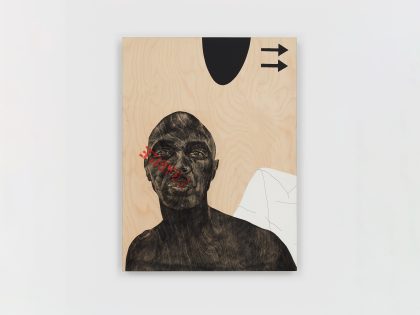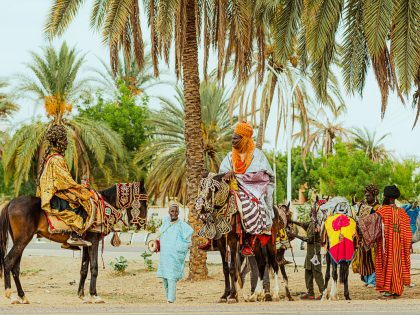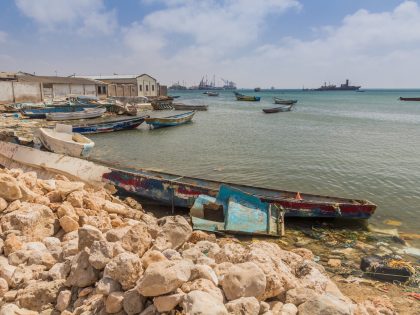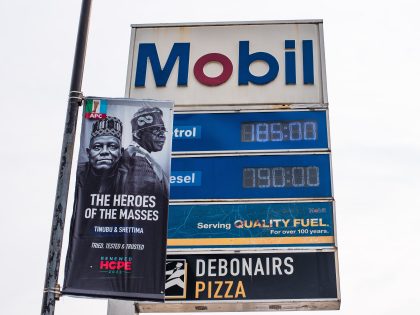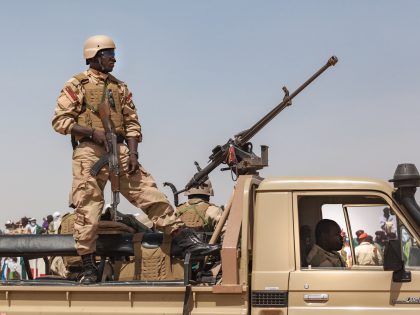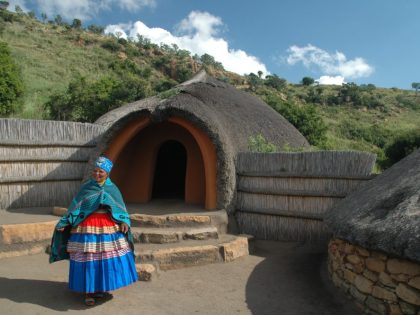January in Cairo IV: the two faces of Egyptian art

Om Kalthoum, the late great Egyptian singer, stands in the studio of Khaled Hafez. Her eyes are closed, her mouth open in song or lament. There is not one of her, but six (including a shadow), laser-printed repetitively across a wide canvas. She has her trademark hair, evening dress, large earrings. One hand raised in emphasis. The other holds a curious flesh-coloured object. A stained shawl? A chicken with its neck wrung? ‘First as tragedy, then as farce.’ Khaled, one of the most internationally-celebrated Egyptian painters, is working through the visual clichés of her legacy. One of Kalthoum’s nicknames is Arabic for “the woman”, a word he says comes from Isis. For Khaled, the tension between her quest for a secular womanhood, and the old-fashioned elegance she represents, makes her an embodiment of independent Egypt. I visited Khaled’s studio in Heliopolis at the beginning of January to ask for his perspective on contemporary art and the situation in Cairo.
“I was teaching in January [2011] and, for the first time, no students turned up. I said ‘Okay, we will arrange for another day.’ But the next week they said ‘are you coming to the protest?’”
Khaled went to school with Gamal Mubarak (“we played soccer together”). This is perhaps partly why the revolution represented such a shock: “we were politically programmed. We were deceived.” Khaled trained as a doctor, and during the protests he revisited this profession; he and his wife visited Tahrir Square on alternate days, taking turns to look after the children.
Khaled has, like many others, found it hard to make work in the last year:
“After the revolution, I did not think I would go back to painting … I started work on a Tahrir Square painting then stopped. I founded it physically difficult … The work was too literal, too sensational. When I look at it I admire only the effort.”
But eventually the work has recommenced: he made video diaries, three simultaneous videos of found footage. And he started painting again: “painting is like singing, dancing, squash, you must do it every day. Two months ago I started dripping and underpainting. It is the best thing in the world to do when you are not inspired.”
His studio is now lined with canvases, dripping with colour, destined for exhibition at the Safarkhan gallery. These are evidence of furious recent activity: 20 square metres painted in 29 days. Khaled tells me he wants to turn the gallery into a ‘tomb’, to make the viewer ‘suffocate’.
His work before the uprisings was beginning to develop a visual iconography whose grammar originates in ancient Egyptian painting. The tombs at Saqqara, or that of Rameses III, he says, evidence the creation of ‘rules for painting: flat, floor-to-ceiling, organised from right-to-left and left-to-right’. These paintings have a ‘rigorous layout’ like that of modern advertising. Inspired by the collections of imagery and prayers in the ‘Book of the Dead’, this series is called ‘The Book of Flight’. Many Egyptian artists have decided to leave since the uprisings. Flight must be a temptation and a dilemma for the artist. To confront the situation or escape from it.
The vocabulary of Khaled’s work is however, explicitly modern. Watching a child play with military toys, he realised the child knew all the correct names for the technologies, and decided he wanted to build a ‘new hieroglyphics out of military symbols … a new alphabet.’ This work was started in isolation during a residency at the McColl Center in North Carolina. Configurations of soldiers fill the canvases, tiny bodies arranged into what look, at a distance, like pure patterns.
Khaled claims that in his paintings there are ‘no emotional gestures’. Modernist Western painting is a strong influence: Rauschenberg, Picasso, Klimt. Basquiat is “like a God”. I wonder if there is some antipathy in contemporary art towards painting. There are young artists in Egypt who “get together and say ‘Alain Badiou says painting is dead.’ **** Alain Badiou.”
With the evocation of ancient iconography, I wonder, does this work represent the search for a pre-Islamic state? Do these visual archaeologies involve attempts to validate the artist’s work?
He shows me a new painting, “my Sister Julia painting”: Julia Robert’s face emerges from a burka. This is a response, he says, to Salafi demonstrations against the reports that two Coptic sisters had been prevented from converting to Islam.
Khaled also experiments in film, and his 2006 video piece ‘Revolution’, has been described as premonitory. “But,” he says, “it referred to previous revolutions of the 1950s and its promises …” Promises whose non-fulfilment led to last year’s uprisings. The screen is split into three, representing the splitting between the promises of revolution, its real motivations, and inevitable outcome. “I am always in search of déjà vu,” he reflects.
This attitude manifests itself in the dialogue between the ancient and the modern which dominates his painting. Khaled is a student of iconography, passionately interested in the visual archaeology of symbols. The star of David, he tells me, reaching over to point at an image of a six-pointed star, is also found in ancient Egypt. This ‘cultural recycling’ is also present in the Bible: Abraham, Sara, Adam, all have their etymological origin in Egyptian mythology. Batman, he gestures towards a crouching, long-eared creature, comes from the Egyptian god Amun-Ra.
Are Egyptians, then, the best pop artists?
“Egypt invented beer, wine … the modern army,” he quickly responds, “does that mean ours is the best?”
With some distance from last year’s uprising, if the violence of Egypt’s political transition does not pose greater problems, Khaled’s work will no doubt develop a sophisticated system for deciphering the present. He has four paintings in “Hajj” at the British Museum and exhibitions coming up in Manchester, Kaohsiung, and Havana.
Art in Egypt must be janus-faced. It contends with the past – not merely with last year’s spectacular events, or the fifty years of independence but with the whole visual history of this civilisation – and looks towards a future populated with uncertainties. The establishment of a new government and writing of a new constitution may cause new tensions leading to years of conflict. Art has been challenged to justify itself as Egyptian, and popular elements of society are seeking its total alienation from national discourses; but Egyptian contemporary art is playing a more important part than ever before in the international conversation art is. And Khaled would surely want to remind us that Janus too was invented in Egypt.














